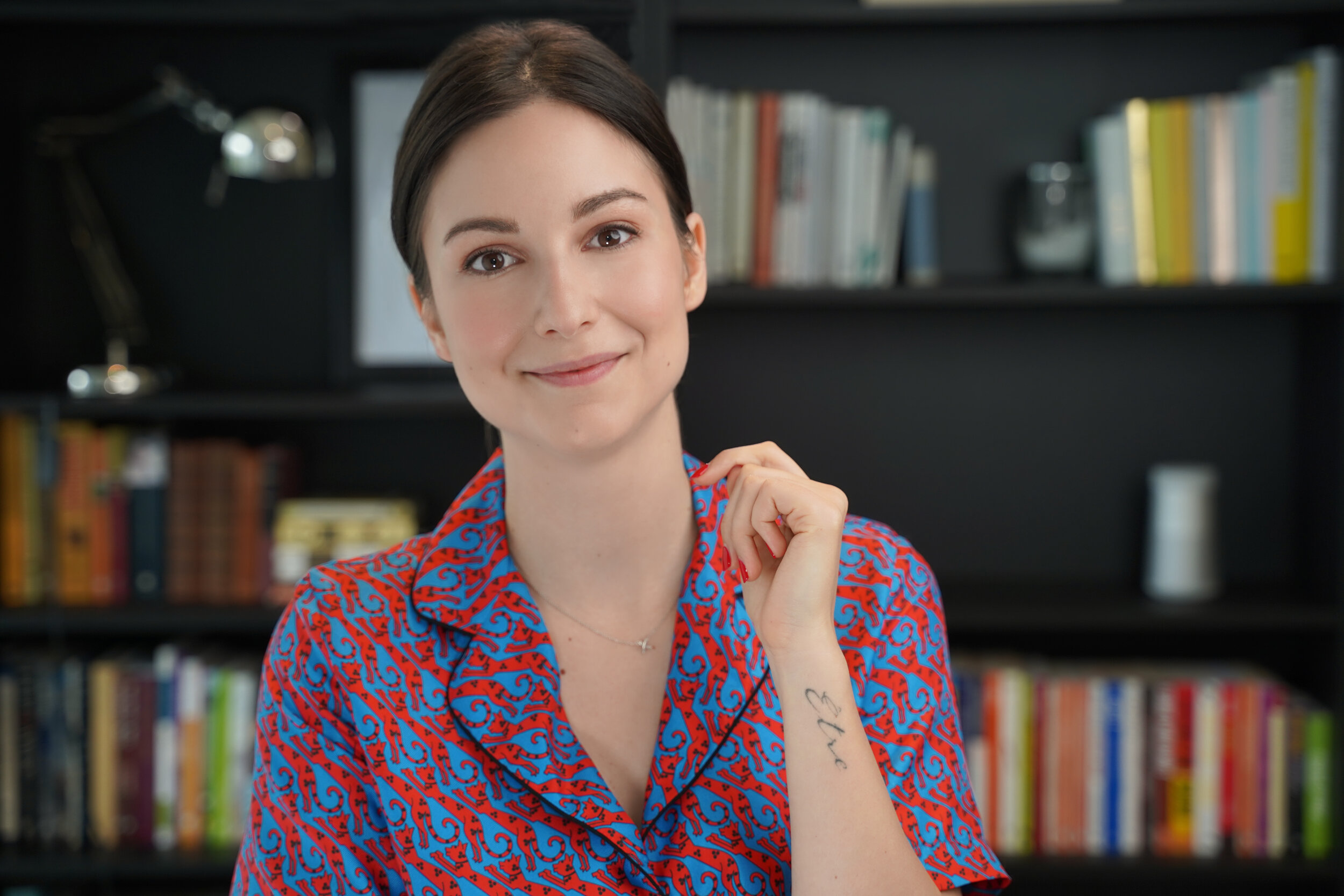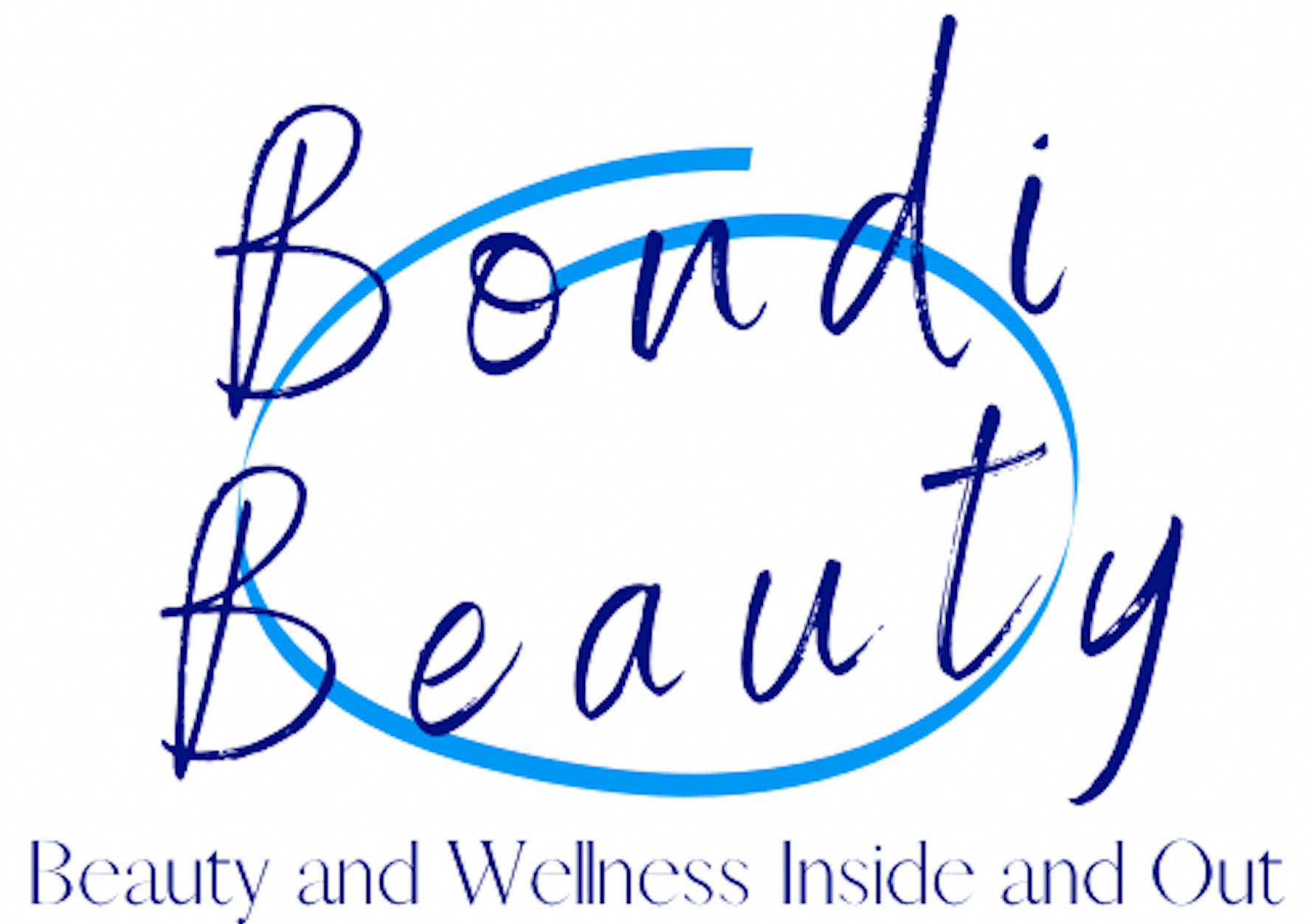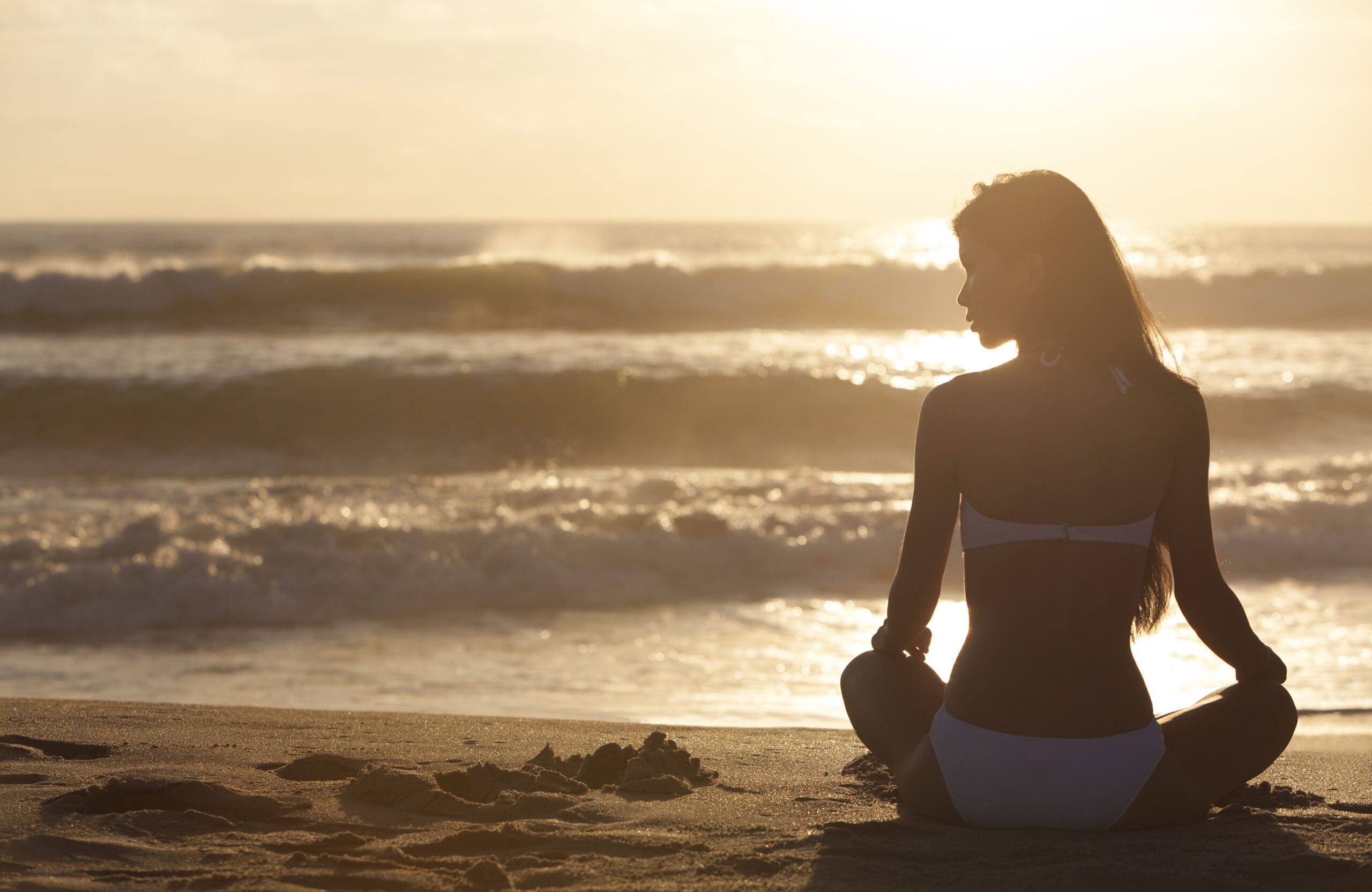What are the physical symptoms caused by anxiety and how do you manage them? We speak to existential therapist Sara Kuburic.
Think sweaty palms, heart palpitations, shortness of breath and more. Anxiety is more than just a mental state, often manifesting itself physically. Canada-based Existential Therapist Sara Kuburic gives her hot tips on managing anxiety and we cover the physical symptoms it can cause.
Anxiety is the most common mental health condition in Australia with one quarter of Australians experiencing it in their lifetime, according to Beyond Blue. Recognising the symptoms of anxiety is the first step to addressing them.

Beyond Blue cites panic attacks, hot and cold flushes, a racing heart, tightening of the chest, quick breathing, restlessness and feeling tense as some of the common physical symptoms of anxiety.
Whilst these sensations are unpleasant Sara says, “a lot of people start to dislike their own bodies or be scared of their bodies because they’re anxious.” She says, “reframing that relationship with your body is so important, Recognising that anxiety is trying to communicate something with you- it’s not trying to harm you. I think disarming anxiety can make you go ‘okay how can I collaborate with whatever feelings are happening’.”

Sara practices mindfulness. “I like breath work, I love body scans”, she says, “grounding exercises are great such as deep breaths.”
Sara says being present can help people to manage anxiety because, “anxiety often comes from envisioning the future or being scared of the unknown or the uncertain. Asking yourself what do I know right now. What facts can I ground myself in right now is really important because most people are not anxious about something that is actually happening. They are anxious about something that might happen or something in the past so they are not being very present.”
She recommends the ‘5-4-3-2-1 Exercise’ which involves acknowledging five things you can see around you, four things you can touch, three things you can hear, two things you can smell and one thing you can taste. When put into practice this technique helps bring you back into your body and be present.

The Anxiety and Depression Association of America recommends exercise, eating healthy, avoiding alcohol and caffeine, getting enough sleep and limiting stress as other strategies to manage anxiety.
It’s important to remember that everyone experiences anxiety differently and what works to calm down one person may actually intensity feelings of anxiety for others.
It is important to recognise that you are not alone and there are people who can help. The sooner you seek support, the sooner you can recover. See Beyond Blue for a list of Practitioners who can help.




mexican online pharmacies prescription drugs
https://cmqpharma.online/# best online pharmacies in mexico
buying prescription drugs in mexico
medication from mexico pharmacy: mexican online pharmacy – mexican rx online
buying prescription drugs in mexico: online mexican pharmacy – mexican pharmaceuticals online
reputable indian pharmacies: cheapest online pharmacy india – best online pharmacy india
mexican pharmaceuticals online: mexico drug stores pharmacies – mexico drug stores pharmacies
https://foruspharma.com/# mexican online pharmacies prescription drugs
indian pharmacy online online shopping pharmacy india online pharmacy india
canadianpharmacyworld canadian pharmacies online real canadian pharmacy
canadian pharmacy service: best canadian online pharmacy reviews – my canadian pharmacy rx
http://indiapharmast.com/# indian pharmacies safe
cheapest online pharmacy india: india pharmacy mail order – india online pharmacy
best canadian pharmacy to order from: canadian valley pharmacy – canadian pharmacy ltd
http://indiapharmast.com/# cheapest online pharmacy india
top 10 pharmacies in india top online pharmacy india buy prescription drugs from india
canadian pharmacy checker legitimate canadian pharmacy precription drugs from canada
http://canadapharmast.com/# canadian discount pharmacy
п»їlegitimate online pharmacies india: indian pharmacy paypal – india pharmacy
indian pharmacy online world pharmacy india cheapest online pharmacy india
canadian pharmacy no scripts: canadian pharmacies compare – canadian drugs
https://foruspharma.com/# mexican pharmacy
top online pharmacy india online pharmacy india online shopping pharmacy india
india pharmacy mail order: mail order pharmacy india – Online medicine home delivery
http://indiapharmast.com/# top 10 online pharmacy in india
india pharmacy: indian pharmacy paypal – indianpharmacy com
https://canadapharmast.com/# northern pharmacy canada
legitimate canadian online pharmacies canadian pharmacy 24 com global pharmacy canada
https://doxycyclinedelivery.pro/# doxycycline 300 mg daily
ciprofloxacin 500mg buy online antibiotics cipro ciprofloxacin
doxycycline 5553: doxycycline 631311 – doxycycline 100mg price australia
https://amoxildelivery.pro/# amoxicillin 500 mg where to buy
where can i buy cipro online: cipro 500mg best prices – buy generic ciprofloxacin
http://ciprodelivery.pro/# ciprofloxacin
paxlovid generic buy paxlovid online paxlovid cost without insurance
paxlovid for sale: paxlovid generic – paxlovid india
http://doxycyclinedelivery.pro/# purchase doxycycline online uk
buy doxycycline online uk how much is doxycycline in south africa doxycycline hydrochloride
ciprofloxacin over the counter: buy cipro online – cipro
http://doxycyclinedelivery.pro/# doxycycline 1000mg best buy
purchase cipro: buy cipro online without prescription – ciprofloxacin 500mg buy online
http://ciprodelivery.pro/# buy cipro
doxycycline 200 mg tablets doxycycline 100 mg cap over the counter doxycycline capsules for sale
https://doxycyclinedelivery.pro/# how much is doxycycline 100mg
http://ciprodelivery.pro/# buy cipro online
cost clomid tablets how to get cheap clomid tablets how to buy cheap clomid
ciprofloxacin order online: cipro online no prescription in the usa – cipro online no prescription in the usa
can i purchase amoxicillin online: amoxicillin price without insurance – where can you get amoxicillin
https://paxloviddelivery.pro/# paxlovid india
paxlovid india: paxlovid buy – paxlovid pharmacy
https://ciprodelivery.pro/# cipro online no prescription in the usa
doxycycline without rx doxycycline gel doxycycline 40 mg generic coupon
http://doxycyclinedelivery.pro/# how to get doxycycline prescription
amoxicillin 500mg capsules price amoxicillin 500mg no prescription amoxicillin 500 mg without prescription
doxycycline india: doxycycline pills cost – how to buy doxycycline
http://amoxildelivery.pro/# amoxicillin capsules 250mg
http://clomiddelivery.pro/# where can i buy cheap clomid without insurance
vibramycin: doxycycline tablets buy online – doxycycline capsules india
buying generic clomid price: can i purchase generic clomid without dr prescription – where to buy cheap clomid without rx
http://doxycyclinedelivery.pro/# doxycycline online pharmacy
cipro 500mg best prices cipro buy cipro online without prescription
https://clomiddelivery.pro/# can i order cheap clomid for sale
ciprofloxacin cipro cipro pharmacy
http://paxloviddelivery.pro/# paxlovid buy
paxlovid cost without insurance: paxlovid price – paxlovid cost without insurance
https://clomiddelivery.pro/# where can i get generic clomid pills
paxlovid pharmacy: paxlovid for sale – paxlovid for sale
https://clomiddelivery.pro/# can i buy generic clomid
where buy cheap clomid can i order clomid pills where can i buy generic clomid now
buy cipro online canada: ciprofloxacin generic price – buy ciprofloxacin over the counter
http://amoxildelivery.pro/# amoxicillin 500
https://doxycyclinedelivery.pro/# doxycycline prescription canada
cipro 500mg best prices п»їcipro generic buy cipro cheap
can i purchase cheap clomid: where to buy generic clomid no prescription – cost of generic clomid pills
https://paxloviddelivery.pro/# paxlovid covid
http://amoxildelivery.pro/# amoxicillin 500mg
https://amoxildelivery.pro/# amoxicillin 500 coupon
paxlovid buy paxlovid pharmacy Paxlovid buy online
doxycycline 20 mg price: doxycycline india price – doxycycline without a prescription
http://amoxildelivery.pro/# where to get amoxicillin over the counter
buy cipro without rx: where can i buy cipro online – buy ciprofloxacin over the counter
https://amoxildelivery.pro/# can i buy amoxicillin online
can i get generic clomid pill: can i buy clomid without rx – where can i buy generic clomid pill
buy amoxicillin 500mg online: amoxicillin brand name – amoxicillin buy canada